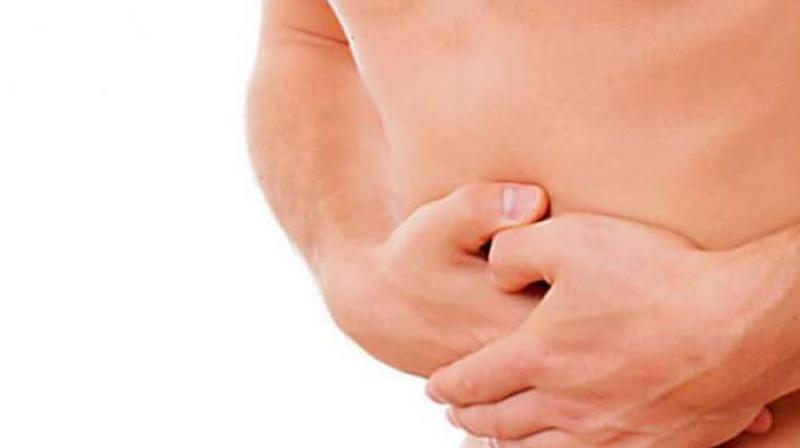The pain stones

Gallstones — stones in the gallbladder — affect about 10 to 22 per cent of the country’s population, but only 80 per cent of that group develop symptoms that show or affect a person’s everyday life. In fact, only two-to-three per cent of those who have gallstones ever have serious symptoms that require treatment.
What causes gallstones?
The gallbladder itself is a small organ in the abdominal region of a human being’s body, where the digestive fluid, bile, is stored. Women are more likely than men to develop gallstones, but in general, those most prone to it are people who have a family history of the condition; people who are obese and/or live a sedentary lifestyle; those with high triglyceride levels in their body; and even those who lose a lot of weight rapidly, either through exercise or with bariatric surgery. This is because of the higher concentration of sludge in the gallbladder, when a person loses weight quickly.
Its implications
The mere presence of gallstones doesn’t cause any visible symptoms; nor does it require treatment; rather the symptoms themselves are what need to be treated. The most common symptom is pain in the upper right quadrant of the abdomen. It is episodic and very severe, is often associated with nausea and vomiting, and happens most often at night. Fatty and greasy foods usually precipitate this symptom, and when such a pain occurs, one must visit a doctor and get themselves checked. The pain can usually be relieved with prescribed doses of painkillers.
However, if untreated, these symptoms can lead to more serious complications — Cholecystitis (inflammation of the gall bladder), cholangitis (blocking of the bile duct) and pancreatitis are the three main resulting complications.
Getting treated
The main treatment that most doctors recommend when gallstones occur is to have the gallbladder itself removed. But such a surgery is only advisable when the gallstones reach a size of at least two centimetres in diameter; when the gallbladder is not functional; when there is cirrhosis of the liver; when the patient has suffered a spinal cord injury; and when liver and kidney transplants need to be done.
There are also non-invasive procedures that can be adopted to remove the stones by crushing it, or pushing the stones back inside the gallbladder if it’s blocking a duct. This can be achieved with an endoscopic procedure as well.
While gallstones are mainly unavoidable, since the condition runs in a person’s genes, maintaining a balanced lipid profile within a reasonable range can help prevent or delay gallstones from being formed within the body.
Dr Hariprasad, Apollo Hospitals
The gallbladder stores and concentrates bile, which is a digestive enzyme produced by the liver. When food enters the small intestine, the gallbladder contracts and the bile is released into the small intestine. Bile helps in digestion by breaking down fats.
There are two types of gall stones
1 Cholesterol stones, which constitute 80 per cent of stones in the gallbladder.
2 Pigment stones made up of bilirubin.

